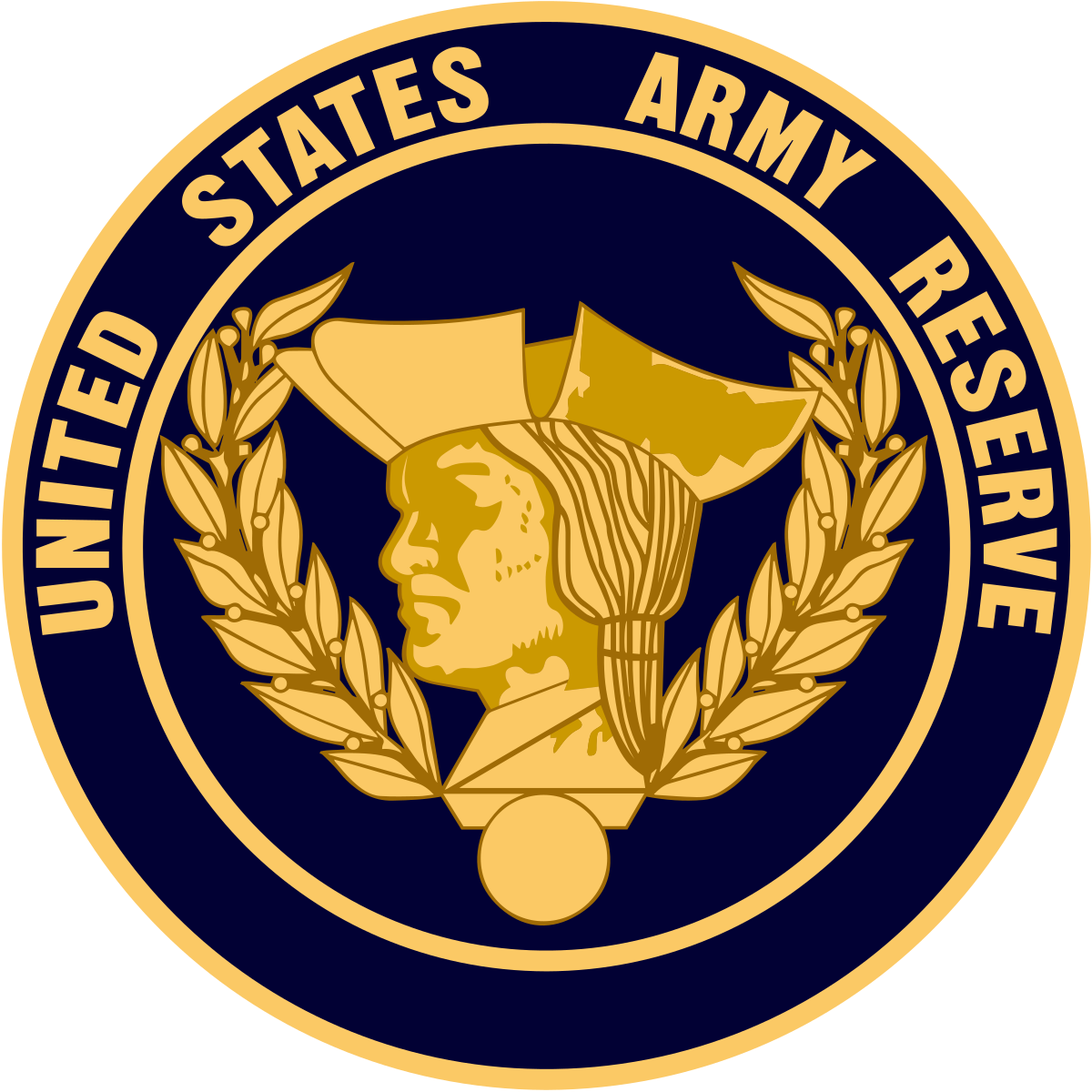- Reaction score
- 9,483
- Points
- 1,160
As far as a rapid response, you really cannot beat an Airborne force.
Helicopters lack range and speed, and the Airborne are part of Joint Forcible Entry to allow you to control things like airports etc to land heavier equipment. For the Arctic - it is much easier to drop a few C-17's of Paratroops to make a presence - and the same goes for a lot of other places (jumping into Mountains sucks even with steerable chutes - but it does get folks there quickly.
Yes I am a firm believer in Helicopters, I just don't see much of a point with the Griffons, as their load sucks, and the CAF doesn't have many, and even less Hooks.
Kev, enough on the Griffons. Would you rather have the Griffons or no helicopters? Agreed there are other solutions out there with other capabilities and some of them stretch the envelope in different directions but there are no universal solutions. All helicopters have their limits which define and restrict their utility. Even if we had a hundred Blackhawks and a thirty Chinooks there are still things that couldn't be done or that would end up in dead crews and GIBs. Our envelope may be smaller than your envelope but we have an envelope. Some problems can be solved with the kit available. Other problems can't. The same thing would apply if we bought Vipers, Venoms or Valors.
We all know that Canada needs newer and better kit. But it is never going to have the range of capabilities that your government buys for you.






